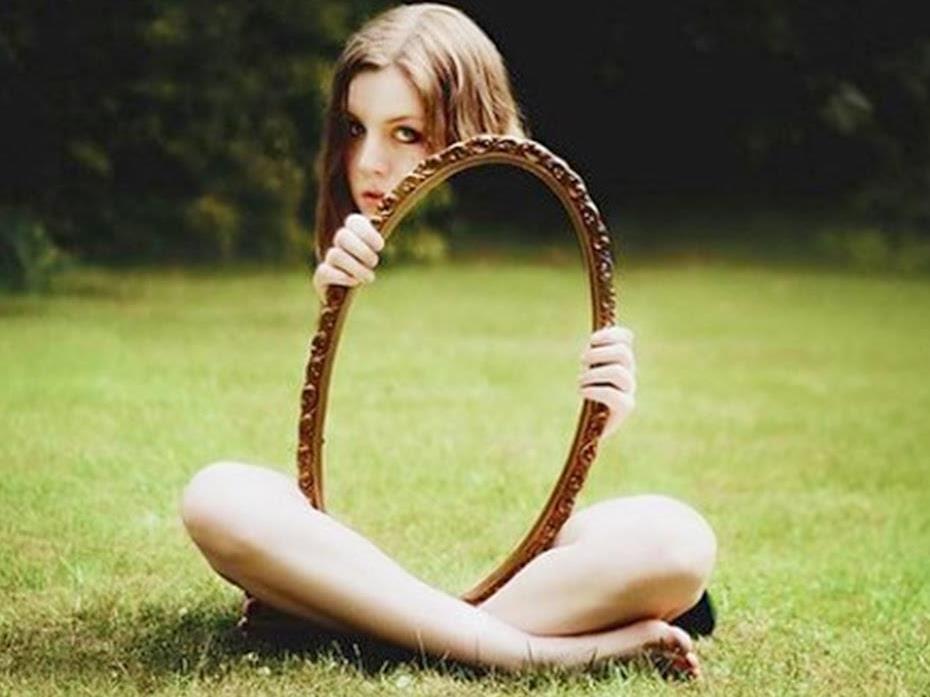Image via YouTube
Cultural, social and educational history is well served by aligning visual arts with a cause. Where we are less successful is explaining how the ever-expanding universe of visual arts practices makes a bang within traditional institutional systems. However, in the current business of educational incorporation, why is it a good idea to describe visual arts as useless, edgeless and homeless and how can this be defended?
Visual arts has no singular function because it can be called on to do just about anything. Arts’ usefulness is because it is edgeless and homeless—art is masterful at shape shifting and form fitting. Furthermore, the inference that visual arts is merely equivalent in form, conceptual structure, and discipline practices and protocols to other academic areas is shortsighted and unsustainable.
The institutional tools of argument, methods of persuasion, and rules of investment do not see uncertainty, contradiction and unanticipated outcomes as assets.
Research that renders prediction aligned with acceptable levels of confidence is perceived to be true and conclusive. Cultural capital, on the other hand is context dependent and although not easily reduced to singular metrics, has the capacity to be mapped, analyzed and visualized in robust ways that render a more complete picture.
I’m very comfortable asserting that the only viable base from which visual arts can continue to respond critically, responsively and creatively to the Zietgeist of the times is from a position that honors the centrality of the ever-expanding place of studio practice.
Visual arts is located beyond disciplinary limits within the potential of life experience and human connection.
For artist-researchers the studio is a place one is born into, when the hard wiring that helps shape who we are awaits the formative cues necessary to help us flourish. It’s where our capabilities of thinking, making and doing merge amid the interactive and messy multi-directional processes that give rise to our actions and aspirations, and the explorations and exploitations that help us make sense of who we are, and how we learn to make meaning from where we are.
The studio is a metaphorical place of flexibility and adaptability that is chaotic in confirming and destabilizing our predictions of what makes sense, and where chance occurrence nudges up alongside boundary conditions as we translate, transform and transition to a temporary place of momentary understanding.
If a goal is to deepen our commitment to potential and to what’s possible then this needs to be uncoupled from a reliance on merely knowing what’s probable. Understanding visual encounters and experiences is a dynamic process of change that travels in every possible direction and dimension.
The picture is much more complex and much more interesting when the myriad braids of visuality are embraced. In messing with the probable and possible meanings that arises from sensing, knowing and making, one can transact logically, transpose conceptually, translate analogically, transform metaphorically, transfigure symbolically, transfer associatively, transcribe structurally, transgress conventionally, transcend expressively, transmit imaginatively, and so on.
Contemporary art practitioners extend traditional studio pathways by adapting new ways of thinking to new modes of making. The inherent passion and commitment of working purposefully and aimlessly at the same time, adapting, innovating and discovering, and pushing the limits of possibility through failure to success, are practices found in abundance in visual arts studios.
This cycle of creative investment, productive yet often unanticipated outcomes, peer review and cultural critique, are typical of the actions that constitute cultural capital. And they are readily observed in most visual arts studios within universities, but not so readily understood by institutional administrators.
And of course, part of this perception problem lies with visual arts educators who need to be more effective advocates and leaders in profiling the specific ways that visual arts contribute to particular institutional goals, as well as the general manner by which visual arts enhance the common good.
That visual arts is useless, edgeless and homeless is a good thing, because its purpose is multiple and mutable, its boundaries are fluid and flexible, and it is located beyond disciplinary limits and lives within the potential of life experience and human connection.





